Kansas Farmers Cut Ogallala Water Use – And Still Make Money
Groundwater conservation helped the imperiled aquifer and did not hurt the bottom line, farmers find.
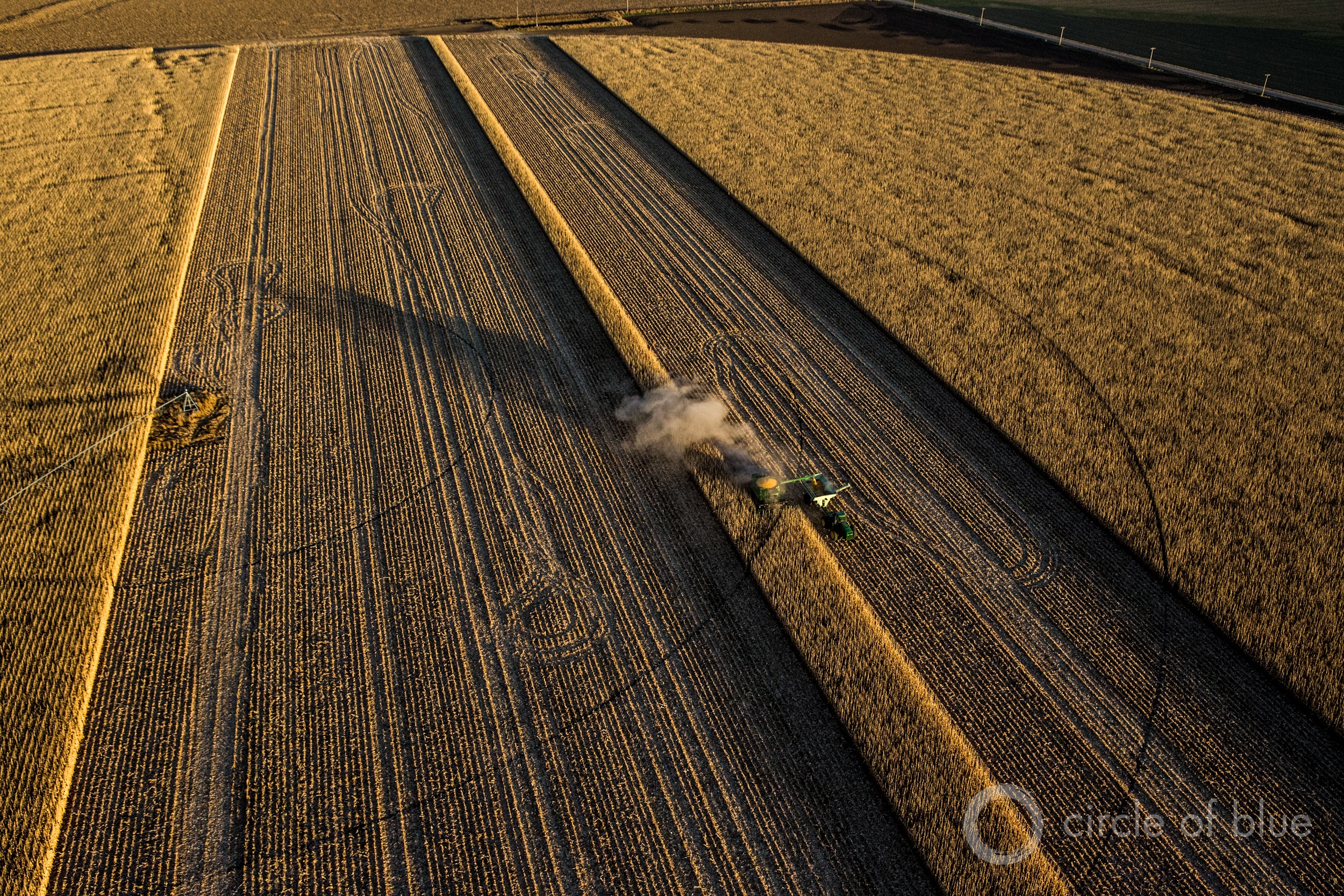
Harvesting irrigated corn near Edson, Kansas. Photo © Brian Lehmann / Circle of Blue
By Brett Walton, Circle of Blue
Five years ago, a band of farmers in northwest Kansas decided that pumping prodigious volumes of water from the Ogallala Aquifer was a path to ruin.
The vast Ogallala, an underground reserve stretching from South Dakota to Texas, was shrinking. If Sheridan County farmers kept pumping, their piece of the aquifer might effectively be tapped before their heirs had a chance to work land that families revered.
So the farmers decided to use less. Taking advantage of a new state law, they agreed to cut water withdrawals by 20 percent per year through 2017. They saw the self-restraint as a test of their farming skills. They were confident they could pass.
A pair of recent economic and hydrological assessments by Kansas State University and the Kansas Geological Survey found the group of roughly 60 farmers was right. Pumping restrictions did not damage farm profitability, and they aided the aquifer. In some cases, conservation even boosted earnings. The lessons, if spread widely, could ease pressure on one of the nation’s most important sources of irrigation water.
“This is a management change for producers, and with that comes more risk and fear,” Bill Golden, a Kansas State University professor and author of the economic analysis, told Circle of Blue. “It’s a challenge to get producers to accept that. But the evidence shows that they can use less water and be profitable.”
The consequences for the Ogallala also are significant. The Kansas Geological Survey found that the five years of conservation in Sheridan County cut the rate of decline in groundwater levels by two-thirds. If the aquifer had been falling by 1 foot per year it was now losing only 4 inches.
The most recent measurements by the Kansas Geological Survey, taken in January, even showed an average water-level increase of 4 inches across Groundwater Management District 4, which includes Sheridan County. It was only the third time since 1996 that the aquifer rose in the district.
“You can see a very clear response in the Sheridan LEMA,” Jim Butler, chief of the groundwater unit at the Kansas Geological Survey, told Circle of Blue. “It made a significant impact.”
Butler said that with better data researchers are able to outline more clearly what needs to be done to prevent the Ogallala in western Kansas from further declines. And what’s needed is not much more than what the Sheridan farmers are already doing. The latest estimate for western Kansas is that cutting withdrawals by 25 to 35 percent would stabilize the aquifer, at least for the next two decades.
Living With Less
Sheridan County is part of Groundwater Management District 4, a jurisdiction that spans 10 counties and 3.1 million acres in northwestern Kansas. Corn is king there, but fields of sorghum, soybeans, and wheat also dot the district.
The Ogallala Aquifer, meanwhile, is the resource that makes possible a flourishing agricultural economy on the Great Plains. The Ogallala lies beneath parts of eight states and provides nearly all the region’s irrigation water — for cotton in Lubbock to corn in Nebraska. Withdrawals, however, are far greater than recharge from rain. The supply, at current rates of use, is slipping away. That’s a problem not only in Sheridan County but up and down the plains.
The conservation agreement in Sheridan County was developed locally but it carried the force of law. It restricted farmers within the 99-square-mile management area, called a LEMA, to 114,000 acre-feet from 2013 through 2017. An acre-foot is roughly 326,000 gallons, enough water to flood an acre to a depth of a foot. All told, the LEMA projected a 20 percent reduction from recent withdrawals.
Sheridan farmers were intimately involved in LEMA deliberations and overwhelmingly endorsed the restrictions. They claimed that they could adapt their practices and still operate a profitable business. They championed the well-being of future generations — an argument often made about climate action — saying they wanted to preserve enough water so that their grandchildren could farm. They even showed some swagger. One witness boasted that the agricultural skills of his neighbors were in the “top echelon” in the country. “I think they’re going to be fine,” he said at a public hearing in November 2012.
By and large, that turned out to be true, Golden found.
Golden compared farm production within the LEMA with production in a three-mile radius outside its boundaries. The control group, which was of similar geographic size to the LEMA, was not restricted in its water use. The study so far looks at the first four years of the experiment.
Corn producers within the LEMA used 23 percent less groundwater than their non-restricted neighbors. This was to be expected. The surprising results, Golden said, were in yields and cash flow. Yields describe how much crop is produced per acre whereas cash flow, as Golden defined it for the study, is a measure of revenue minus variable costs: herbicide, seed, fertilizer, tilling, and energy to pump water. Corn yields for farmers within the LEMA were only 1.2 percent smaller than those outside the LEMA boundary while cash flow was 4.3 percent greater. The Sheridan farmers produced a little less corn but used a lot less water and had significantly fewer input costs.
“The result is good from the standpoint that we can reduce water use without reducing profits,” Golden explained.
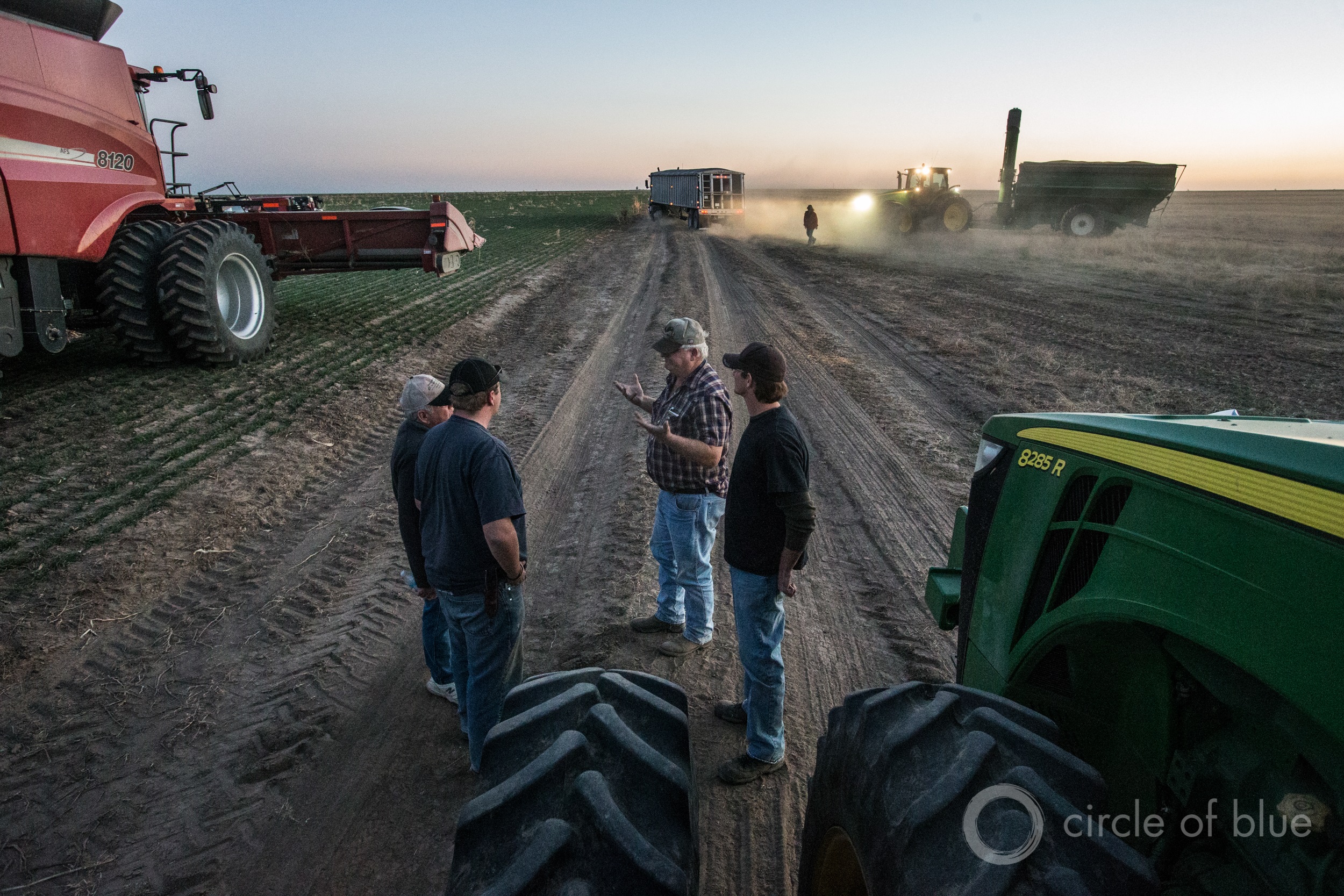
Stuart Beckman and his crew harvesting irrigated corn near Page City, Kansas, in this photo from November 2013. Beckman and other area farmers reduced groundwater pumping in attempt to slow the draining of the Ogallala Aquifer. Photo © Brian Lehmann / Circle of Blue
Sheridan farmers told Golden that they managed the feat by being more attentive. If rain was in the forecast for Wednesday, they did not irrigate on Monday or Tuesday. If their soil probes showed sufficient moisture, they did not turn on the pumps at the end of the season. Some farmers switched to crops like sorghum or wheat, which are less thirsty than corn.
Stuart Beckman, who irrigates about 2,000 acres inside the LEMA, told Circle of Blue that he modified his operation in several ways. To start, he planted fewer soybeans. When cut, soybeans leave little residue on the field to protect it from the sun. His alternatives were wheat or corn. Because the market for wheat was so poor, he stuck with corn, whose stalks shade the soil and prevent evaporation. He did, however, reduce the number of seeds per acre from 28,000 to 20,000, a population-control measure that reduces water demand.
Beckman also outfitted his fields with electronic probes that tell him how dry the soil is. “If dealing with limited water, you better know for sure,” he reasoned.
All told, Beckman was pleased with the LEMA experiment and reckoned that the appraisal was widely shared. “Even the naysayers adapted,” he said.
Necessity, the Mother of Adaptation
None of the responses in Sheridan County were revolutionary or innovative. But, until now, they were not seen as necessary.
“All of a sudden they put a constraint on themselves and they felt like they had to do it,” Golden said.
Ray Luhman, the groundwater district manager, told Circle of Blue that some farmers in the area had the equivalent of a conversion experience. “I had farmers say, ‘I can’t believe how much water we were pumping that we didn’t need to,’” Luhman said.
Because of several years of well-timed rains, Sheridan farmers used even less water than the plan called for. Instead of 20 percent, they cut demand by 36 percent, Luhman said. (If comparing years with similar weather conditions, pumping declined by 29 percent.) That left a full year’s allocation in the bank.
The new thinking is spreading. The Sheridan experiment attracted enough support that farmers in the 10 counties approved a district-wide LEMA, a first for Kansas’s five groundwater management districts. The Kansas Department of Agriculture approved the five-year plan on March 2, and it goes into effect this year.
Not all farmers are on board, Luhman said. But the district’s leadership agreed that a change in mindset was needed, he said. Most of the district will not see cuts as restrictive as those in Sheridan County, where the Ogallala’s decline rate had been most severe. Even Sheridan County will get a little extra water this period, if farmers need it.
Butler said there are two reasons for caution in interpreting the groundwater data. Estimates for stabilizing the aquifer are valid only for the next two decades because of uncertainty about temperature and precipitation due to climate change.
Also, none of the last five years was a drought year. How the water-restricted farmers respond to extremely dry conditions has yet to be tested, Butler said.
Brett writes about agriculture, energy, infrastructure, and the politics and economics of water in the United States. He also writes the Federal Water Tap, Circle of Blue’s weekly digest of U.S. government water news. He is the winner of two Society of Environmental Journalists reporting awards, one of the top honors in American environmental journalism: first place for explanatory reporting for a series on septic system pollution in the United States(2016) and third place for beat reporting in a small market (2014). He received the Sierra Club’s Distinguished Service Award in 2018. Brett lives in Seattle, where he hikes the mountains and bakes pies. Contact Brett Walton

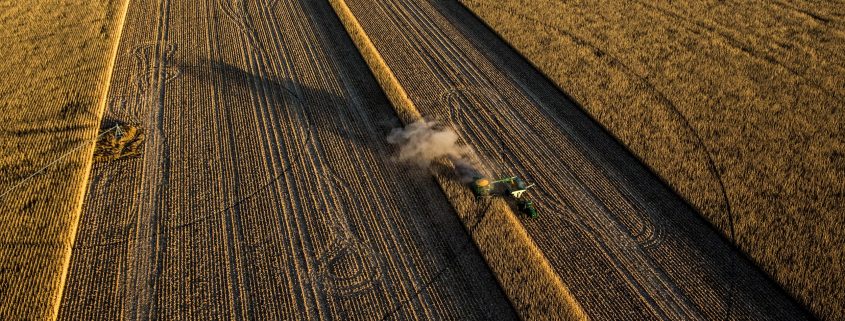

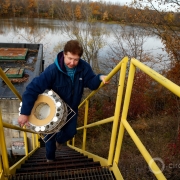
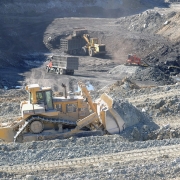




Leave a Reply
Want to join the discussion?Feel free to contribute!